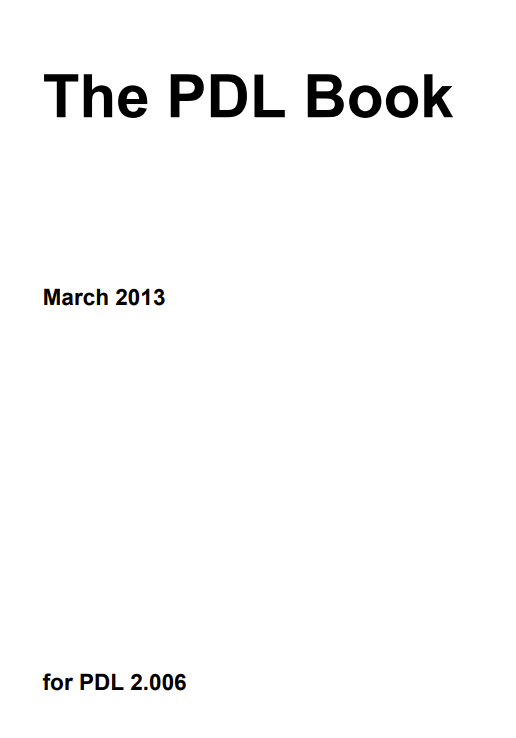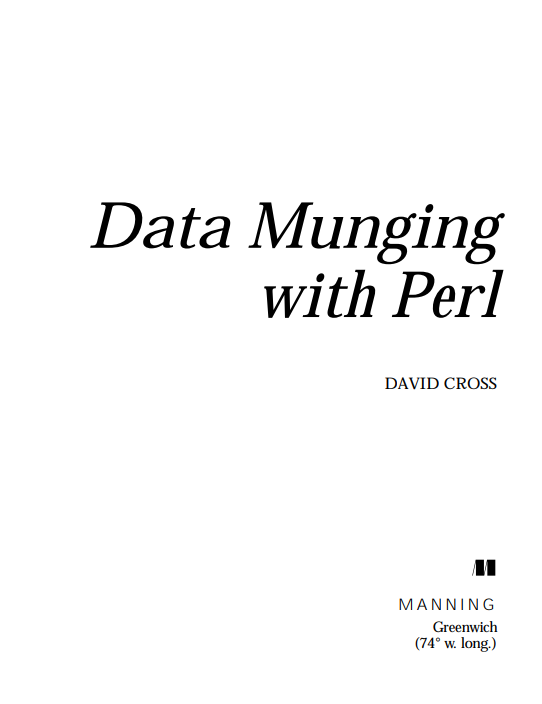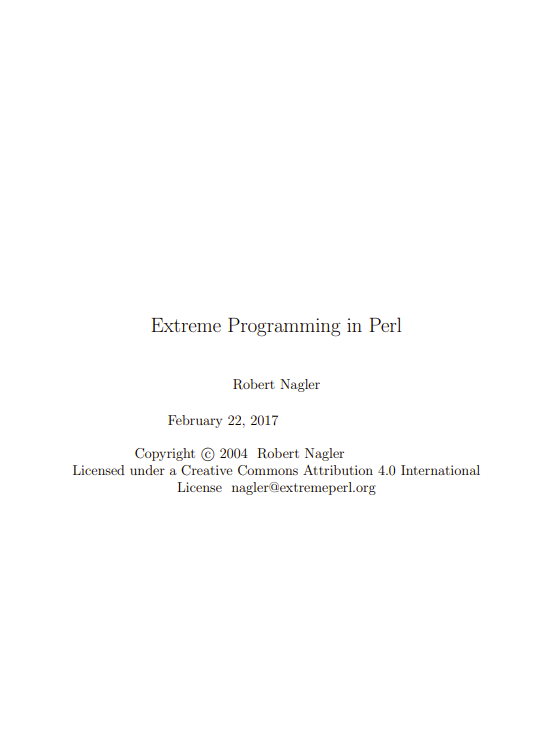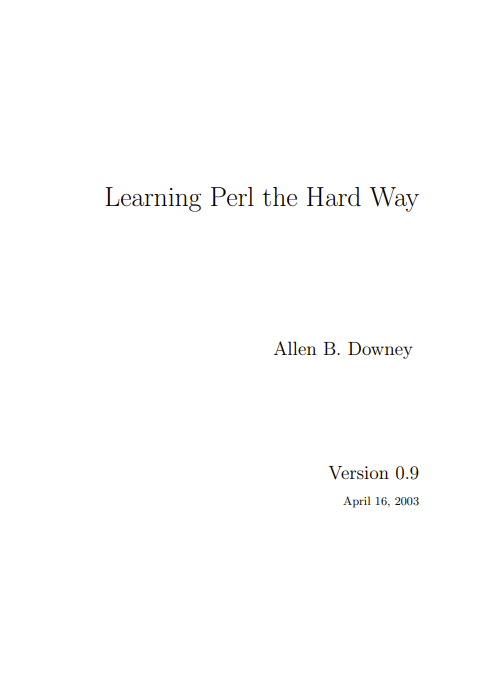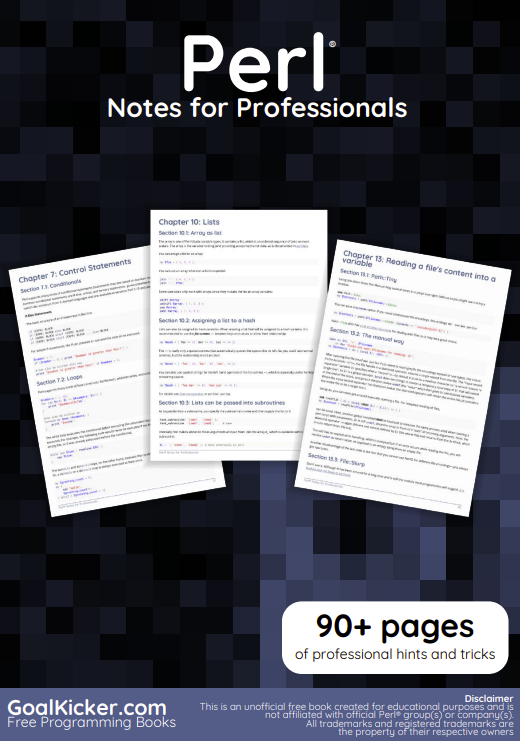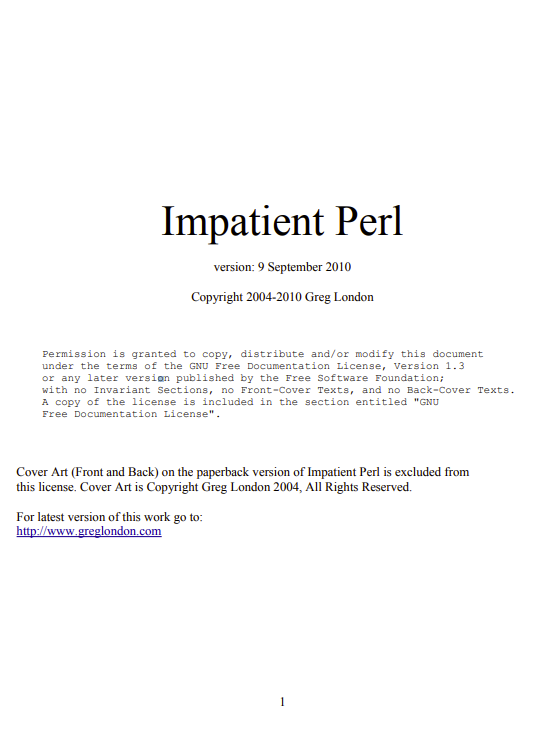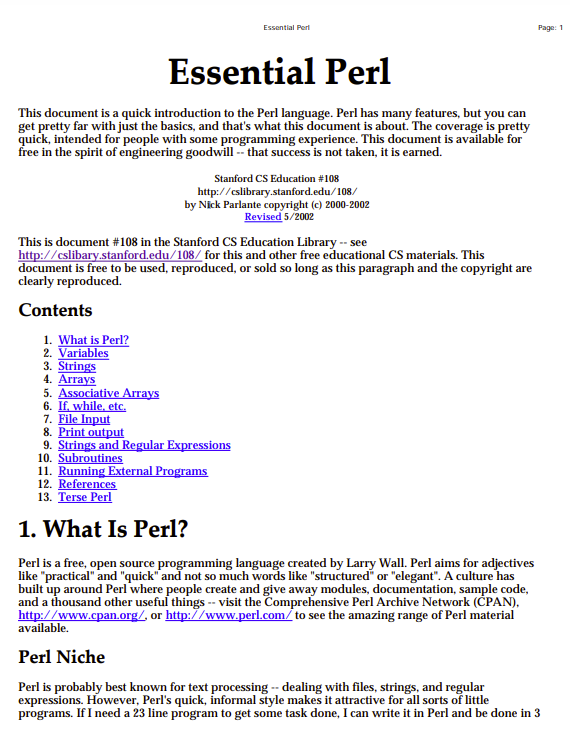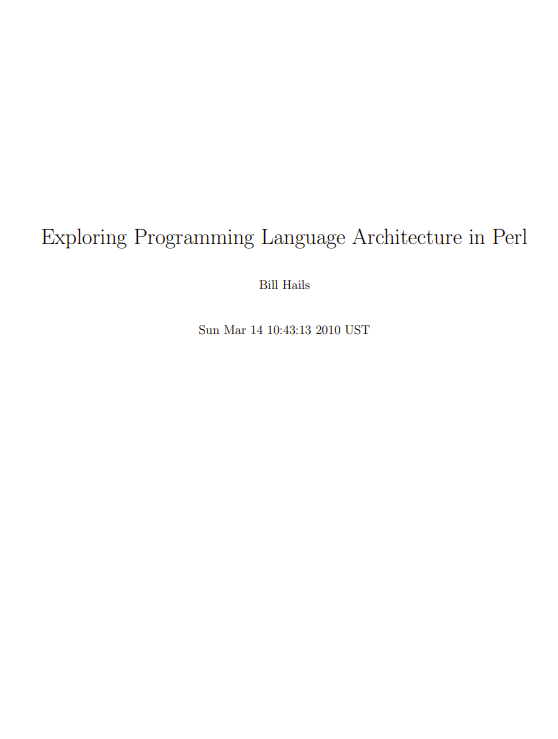We assume you know Perl, but that you are new to PDL.
First, try out the PDL command line by going through FirstSteps. PDL has several ways of displaying two-dimensional images and producing publication quality plots, and so we have PGPLOT and PLplot for producing two dimensional plots either in a computer window or as written file formats (PostScript, PNG, JPEG and more), and we also have the capability to produce three dimensional plots in TriD.
The power of PDL is in the ability to carry out threading (known as broadcasting in Python) over N-dimensional PDLs. When you code with threading you eliminate the multiple FOR loops that are the source of many slow-downs in code. Reading Threading and Functions will get you up to speed and in the right mind-set.
If you require the speed of C routines in your PDL code, there is also the powerful PDL:PP capability of PDL – you can write C code INLINE in your PDL code, and it will be compiled and run when you call your Perl/PDL scripts!
PDL is primarily used by scientists who want access to Scientific libraries and data types, so we have Complex numbers handled by PDL and the capabilities of PDL::Transform, the Slatec libraries accessible in PDL::Slatec, and any other libraries that you can access through Perl.
